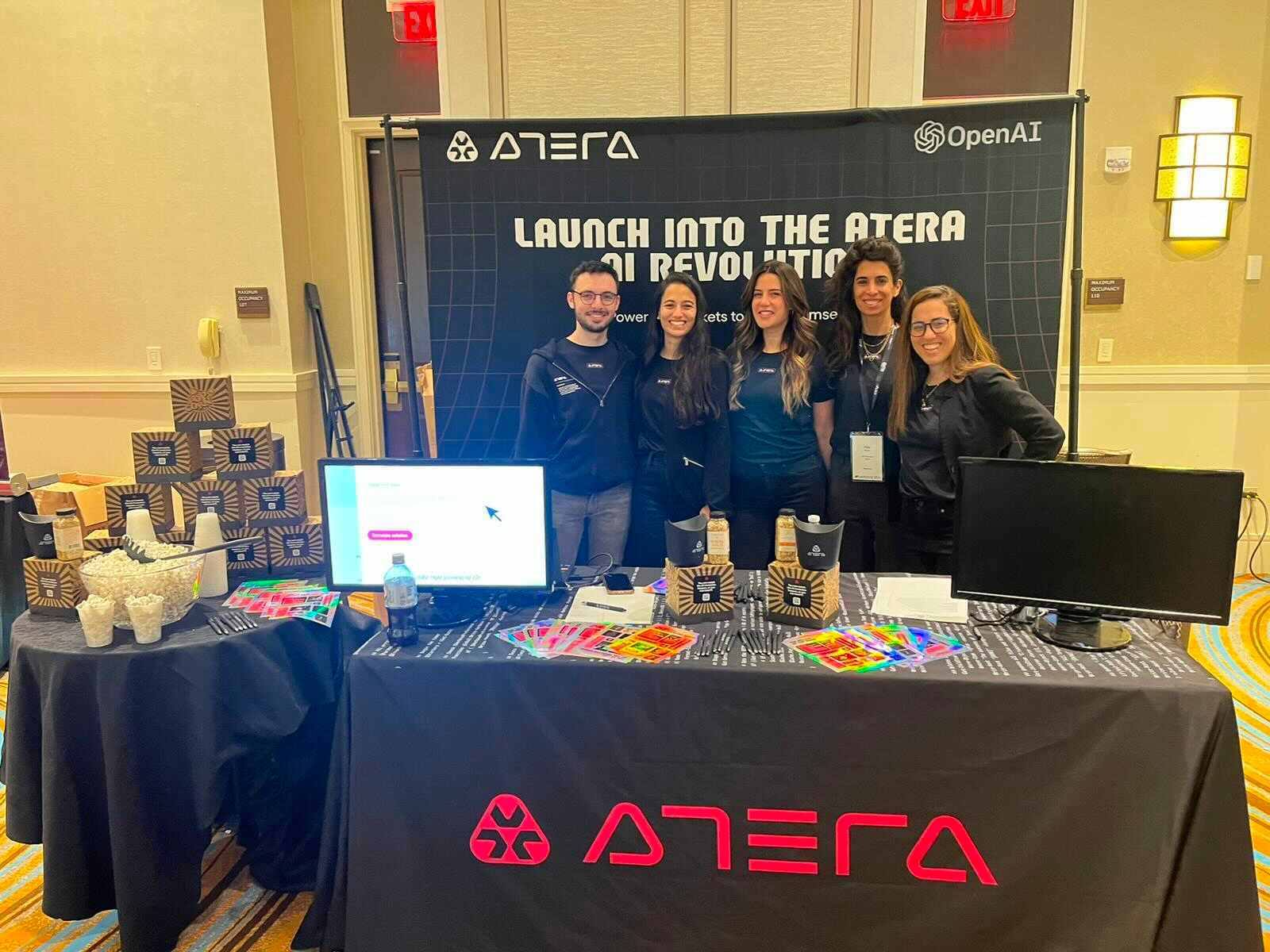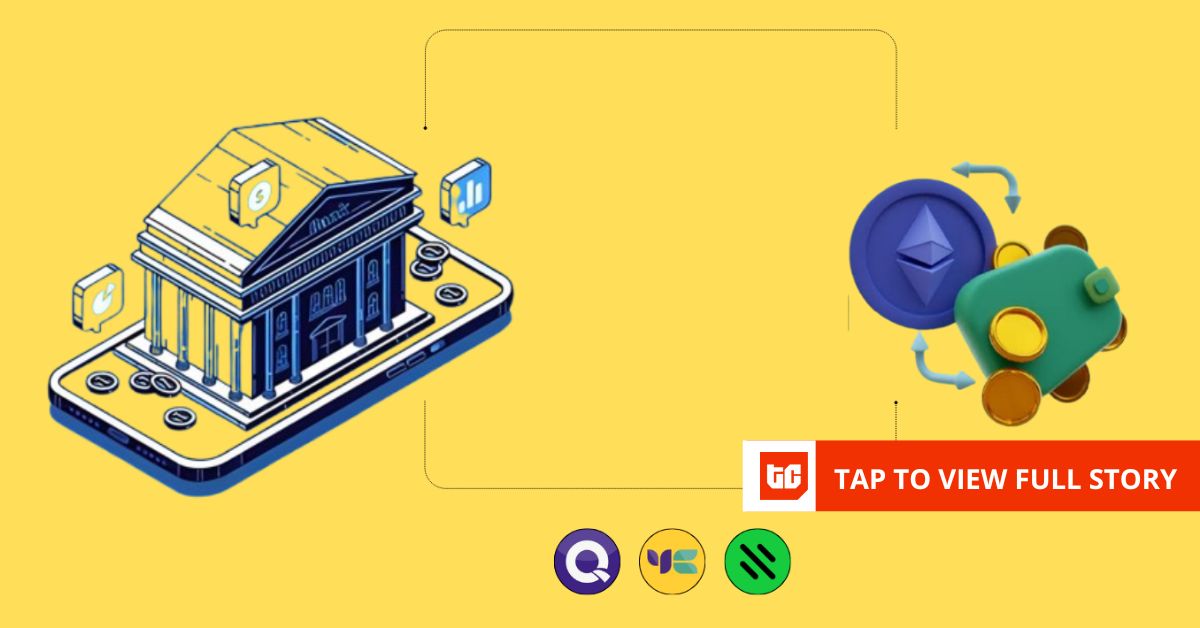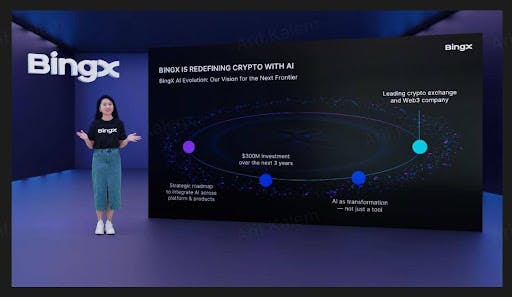Introduction
Transaction pool, also known as the “mempool,” is a temporary storage area for unconfirmed transactions on the blockchain as they await confirmation and inclusion in a block. The emergence of Bitcoin led to the introduction of the mempool concept. Ethereum later incorporated this into its architecture as well. When a user initiates a transaction, such as a swap between two coins, trades on the DeFi market, or simply purchases an NFT, the transaction is broadcasted to the network and temporarily held in the mempool.
It remains there until validators confirm and include it in a new block. Transactions submitted to the mempool are arranged based on their transaction fees, and transactions with higher gas fees are typically finalized first. This makes validators prioritize higher-fee transactions because they receive gas fees as rewards for transactions included in a block they mine as it is added to the blockchain.
Mempools serve as critical components for blockchains, which utilize them. The mempool ensures that all submitted transactions are processed and confirmed by validators, except in cases where the transaction is invalid due to an incorrect signature or where the sender’s wallet ran out of funds. The mempool creates a market that allows users to choose the appropriate transaction fee to get their transactions processed faster during times of network congestion.
Ethereum and Bitcoin have a total number of 50k-200k unconfirmed transactions in their mempool. This often depends on the availability of the blockspace and most times causes several bottlenecks in the network, such as low throughput and congestion in the network. A gossip protocol is used in Ethereum and Bitcoin to spread memepools amongst random nodes in a peer-to-peer manner.
There are over 1,000 validators on the Solana mainnet and can manage a mempool size of 130,000. This means that with a network throughput of 65,000, a 130,000 mempool is executed, and Solana can execute over 4,000 to 4,500 per second. Solana, a high-performance blockchain, is seen as a mempool-less blockchain as it was designed from the onset not to rely on a mempool; rather, it utilizes a different approach as it pushes all transaction messages to a set validator for each slot, which is tagged as the leader. The leader substitutes every 4 slots, and the leader schedule is known beforehand by all active network nodes. This solution, which Solana put forward, pushes transaction message caching to the edge of the network and is called Solana Gulf Stream.
Notes: Solana transactions by default must include a recent blockhash, which developers may easily obtain with a basic API call. A Solana blockhash has up to 150 slots. It gets stale after this time, so transactions mentioning it will be dropped by the network. This guarantees nonprocessed transactions cannot linger. Block hashes lately help in transaction deduplication.
History of Gulf Stream
Since its launch, Gulf Stream has seen at least two significant upgrades—QUIC and Stake-weighted QoS. It is also the component of the core protocol that has arguably experienced the most strain in recent years due to the massive surge in network traffic on Solana. To put this into perspective, when a validator assumes the role of the leader, they can anticipate a dramatic increase in inbound traffic, often exceeding one gigabyte per second, as the entire network sends packets their way.
QUIC
Initially, Solana relied on the UDP protocol to send transaction messages from the RPC node to the current leader. While UDP is fast and efficient due to its lack of handshaking dialogue, it has significant drawbacks, such as unreliability in data delivery, packet ordering, and duplication prevention. These limitations became evident during network disruptions caused by DDoS attacks and spam transactions, particularly during high-demand events like NFT mints.
Solana integrated the QUIC protocol into its validator ingestion process to address these challenges. Unlike UDP, QUIC offers reliable data transmission with built-in congestion control and packet sequencing, ensuring smoother and more secure communication between nodes. This upgrade significantly improved network stability and resilience, preventing future disruptions and optimizing Solana’s performance under high transaction loads.
The QUIC protocol enables fast asynchronous communications like the UDP protocol but with sessions and flow control like TCP. Although the QUIC protocol has a low adoption rate in the blockchain sector, it is not the one-size-fits-all solution for Solana since the network still encounters congestion concerns during many QUIC handshakes. Amidst all the existing flaws with this protocol, it has some positives, since QUIC is a secure network connection protocol that avoids the need for two handshakes (TCP and TLS) and requires fewer packets to complete. It can be durable after closure, providing faster data access.
QUIC may reuse a session through streams and session tickets, minimizing the number of client-server connections and offering speedy, safe reconnections. It also supports connection migration, allowing connections to survive IP changes, making the mobile user experience more fluid. QUIC also aims to reduce or decrease the impact of attacks like Denial of Service (DoS), replay, reflection, spoofing, and others. While it cannot remove all attacks, it aims to make it tougher to attack. Overall, QUIC offers a more efficient and secure network connection experience.
Stake-Weighted QoS
Solana Stake-weighed QoS is an implementation on the Solana network that allows leaders to identify and prioritize transactions proxied through a staked validator as an additional Sybil resistance mechanism. This mechanism was implemented in the Solana network in early 2024. In this mechanism, validators with higher stakes in the network can transmit large transaction message packets to the leader.
For instance, a validator with 0.5% of the stake could fight Sybil attacks from the rest of the network and transmit up to 0.5% of the packets to the leader. With stake-weighted QoS enabled, a validator holding a 1% stake will have the right to send up to 1% of the packets to the leader. In this method, validators with higher stakes are guaranteed to receive a higher quality of service, which prevents lower-quality validators (with less at stake) from deliberately flooding out these transactions, enhancing overall Sybil resistance.
The introduction of this mechanism has had a significant effect on the Solana ecosystem, with commercial RPC infrastructure operators and exchanges emerging as the primary beneficiaries. RPC operators are well-positioned to secure agreements with staked validators, which will help them achieve a higher percentage of transactions included in blocks. Meanwhile, exchanges or other organizations hosting both the validator and RPC nodes on the same infrastructure can confidently enable the feature within their systems, knowing that the RPC nodes on their infrastructure are reliable.
Differences Between Solana and Traditional Mempool Architecture
There are many differences in the mempool architecture of Solana and Ethereum.
- In the Ethereum blockchain, pending transactions are held in a public mempool and are dispersed via the gossip protocol across nodes until included in blocks. Solana does not have a public mempool. Instead, pending transactions are pushed to the current leader.
- Ethereum transactions require a gas fee, with transaction priority typically tied to the gas price. Solana transactions require a fixed base fee per signature (typically 0.000005 SOL), with the option to include a priority fee for faster transaction execution.
- Solana’s default validator implementation also offers continuous block production. Transactions continually come into the validator for execution, then block production, and ultimately transaction propagation. On Ethereum, pending transactions are held up by the validator or block builder before entire blocks are produced in 12-second intervals. Continuous block manufacturing implies that priority fees do not guarantee a position within a block.
- Ethereum depends on external auctions like MEV-Boost, where validators bid for blockspace and miners can extract money through MEV (maximum extractable value). This auction type has a dominant market share (about 85% of the network). Solana has implemented out-of-protocol blockspace auctions (Jito), which have a reduced market share (about 25%). This reflects the variations in how Solana and Ethereum handle MEV and blockspace auctions within their ecosystems.
Conclusion
In this piece, we explored the unique transaction handling mechanism of Solana, focusing on its Gulf Stream protocol and how it differs from traditional mempool architectures like those used by Ethereum. We highlighted Solana’s continuous block production, the fixed transaction fees, and the innovative use of QUIC and Stake-weighted QoS to optimize network performance and security.












